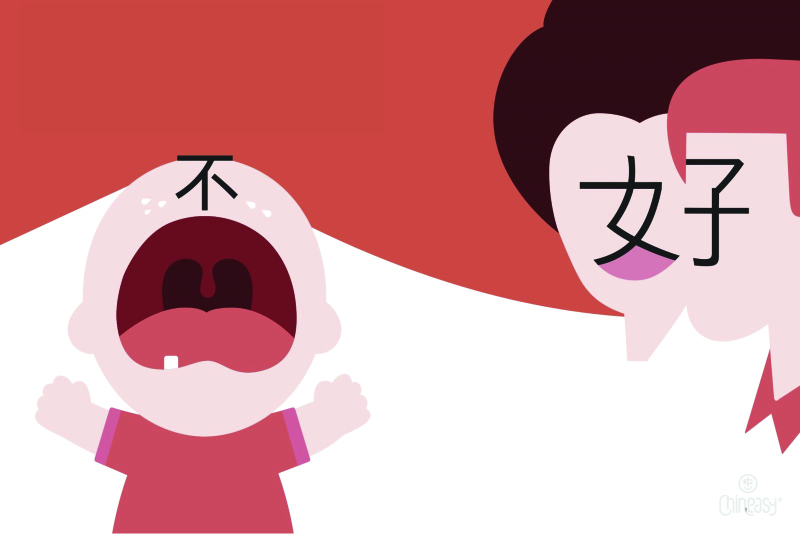It’s no secret that Mandarin Chinese pronunciation is tricky to master, especially because you have to train your ear to hear the different tones. Our friends at Tandem, the language learning app that lets you chat with native speakers, have put together a guest post to introduce the basics to you all!
In a recent survey of Tandem members, we found that over a quarter of language learners were reluctant to learn Mandarin, partly due to the difficult pronunciation and the time it takes to learn it.* If you’re reading this post, chances are you agree that Chinese is one of the most interesting and fun languages to learn!
Here at Tandem HQ, we wanted to make the first step in learning Chinese a little easier. So, we’ve put together a quick beginner’s guide to teach you some of the basics of Mandarin Chinese pronunciation. Here goes!
TONES IN MANDARIN
Mandarin has four main tones and one neutral tone. It’s important to get these right as the tone changes the meaning of the word. Unfortunately for us language learners, tones are a part of the word, so try and discipline yourself from the beginning to perfect the tones.
- First tone: high pitched and level – almost like monotone.
- Second tone: mid-high pitched and then rises moderately.
- Third tone: lower pitched – first it falls in pitch and then rises again.
- Fourth tone: high pitched and drops sharply to a lower pitch.
- Neutral (fifth) tone: no pitch change – pronounced quickly and lightly.
| 1st tone | mā | 媽 | mother |
| 2nd tone | má | 麻 | numb |
| 3rd tone | mǎ | 馬 | horse |
| 4th tone | mà | 罵 | to blame |
| Neutral tone | ma | 嗎 | add ma to the end of a sentence to make it a question |
You can see from this table that each tone is represented by a symbol on top of the letter. Notice that the lines also match the rise or fall of the tone. Most words can have several meanings, but we’ve kept it simple and just included the most common translations for each of the words. Take a listen to the audio clip and start practicing!
WATCH YOUR TONGUE
Once you’ve got to grips with the tones, it’s time to start perfecting other pronunciation difficulties and train yourself to position your tongue correctly. If you get the positioning wrong, the sound can be misleading, and it becomes harder for people to understand you.
Take the commonly used consonant sounds in Mandarin, zh, ch, and sh. Conveniently, with these sounds, the tongue is always in the same place, hence it’s best to learn all three of them together. All you need to do is curl your tongue back and rest the tip of your tongue behind the ridge where the roof of your mouth curves upwards.
In this next clip, listen out for the difference between the words where you curl your tongue and the words where your tongue rests behind your teeth.
We’re pretty sure that if you manage to perfect these sounds, you’ll be a pro in no time!
| zhu | pig | zū | to rent |
| chai | to open | cai | to guess |
| shan | mountain | san | three |
It can be really tricky to master Chinese but finding yourself a language exchange partner on Tandem will help you reach fluency in no time. Enhance your writing skills with message correction and in-app translations and ace your pronunciation with audio messages and video calls! The Tandem app is available to download for free on Android and iOS.

*Tandem surveyed 2,400 English speaking members in October 2018.



